Is ozone harmful?
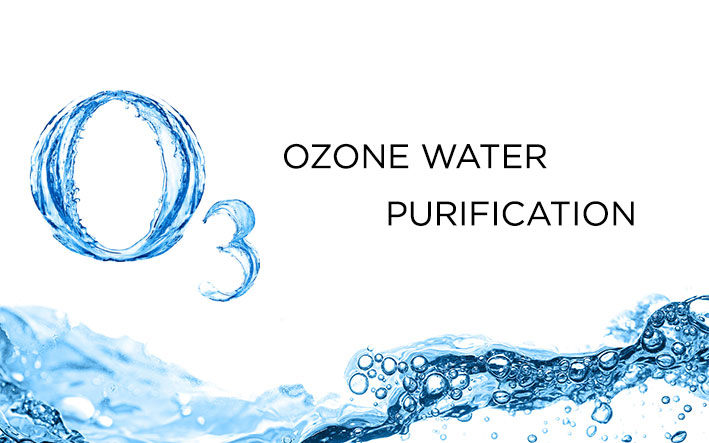
Ozone can be harmful at certain concentrations, especially if inhaled directly.
Here's a closer look at the potential risks and how ozone is managed in a hot tub:
Respiratory Irritation:
Inhaling ozone at high concentrations can irritate the respiratory system, causing coughing, throat irritation, and exacerbating conditions like asthma.
In commercial environments or poorly ventilated spaces, ozone levels can sometimes build up and pose a risk.
All industry approved ozone systems for hot tubs are extremely safe and because they neutralise bacteria, they also help to reduce the amount of sanitiser necessary to maintain safe and clean water.
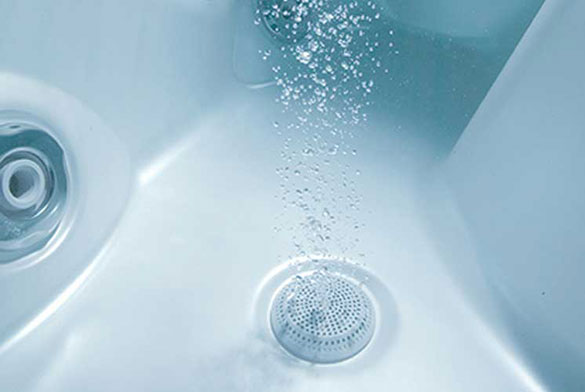

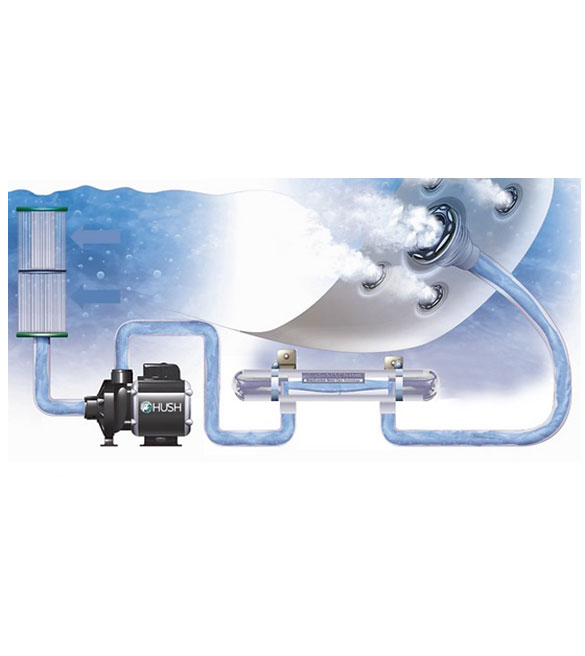

Safe Usage in Hot Tubs:
In the context of hot tubs and swim spas, ozone is typically generated and introduced into the water through an ozone generator.
These systems are designed to minimise human exposure to gaseous ozone by ensuring it reacts with contaminants in the water and reverts quickly to oxygen.
All industry approved ozone systems are sealed in the pressurised environment of the hot tub plumbing, and release ozone only underwater, often dissipating the ozone before reaching the tub's surface.
Residual Levels:
Because ozone does not remain in the water for long (it quickly reverts to oxygen), its concentration usually remains low by the time the ozonated water reaches the primary bathing area.
This rapid breakdown ensures minimal exposure for bathers.
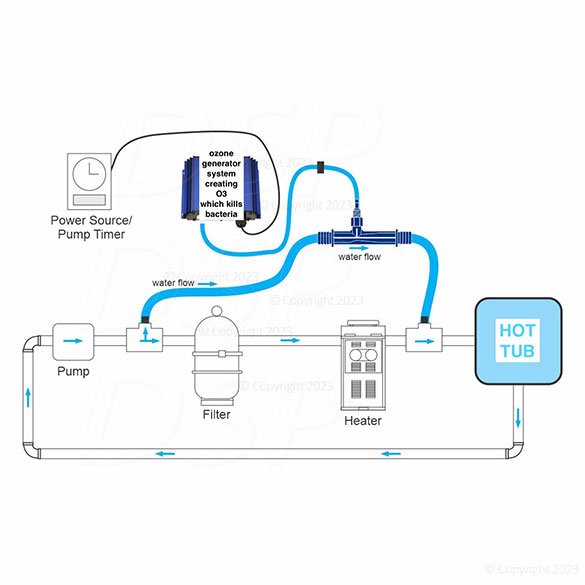



Supplemental Sanitisers:
Despite its usefulness, ozone doesn't provide a lasting residual effect in the water.
Therefore, it’s typically used in conjunction with other sanitisers like chlorine or bromine to maintain safe water conditions when no ozone is present to inactivate pathogens.
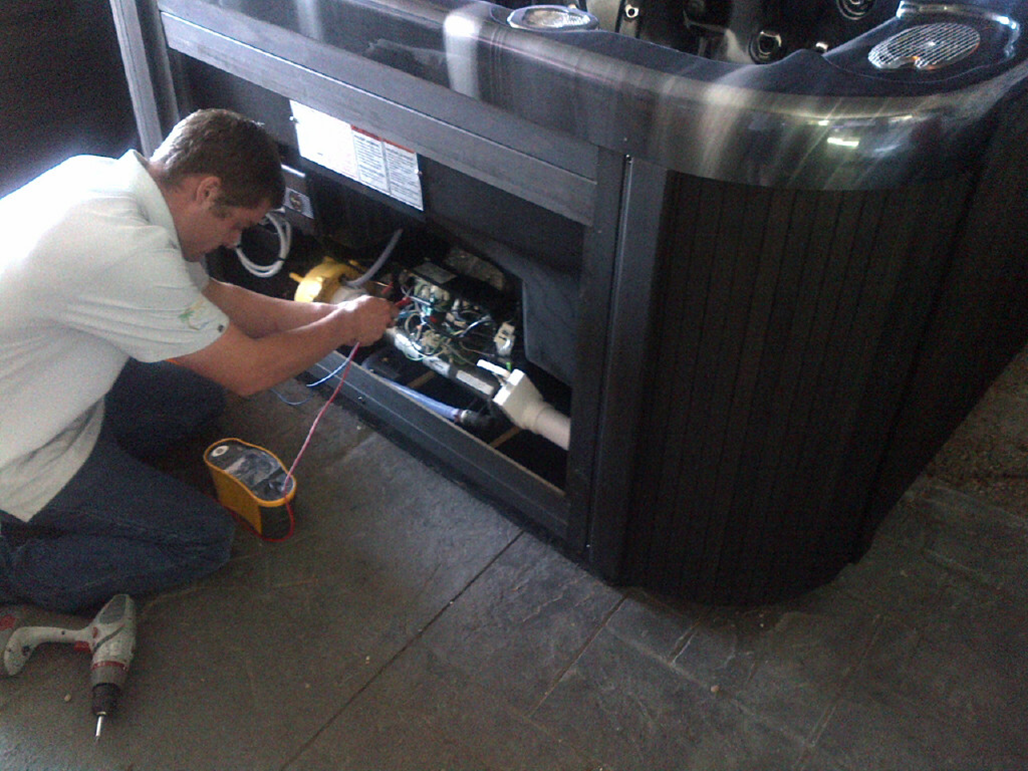

System Maintenance:
Proper system maintenance and ensuring adequate ventilation around hot tubs can mitigate the risks associated with ozone.
Installations are often designed to avoid exposing bathers to measurable ozone levels directly above the water.
It is important that all ozone systems are checked regularly and replaced as per the manufacturer's instructions.
Generally, you will know when the ozone system needs replacing, when the need for more sanitiser increases.
Overall, while ozone is effective at sanitising water and reducing the level of chemical sanitisers needed, it's crucial for hot tub owners to follow manufacturers' guidelines and regularly maintain their systems to ensure safe and effective operation.





